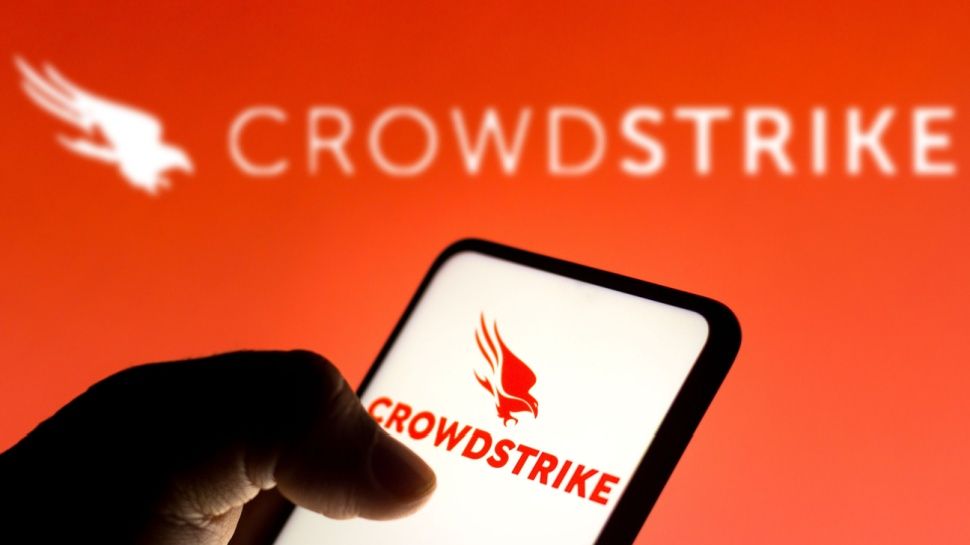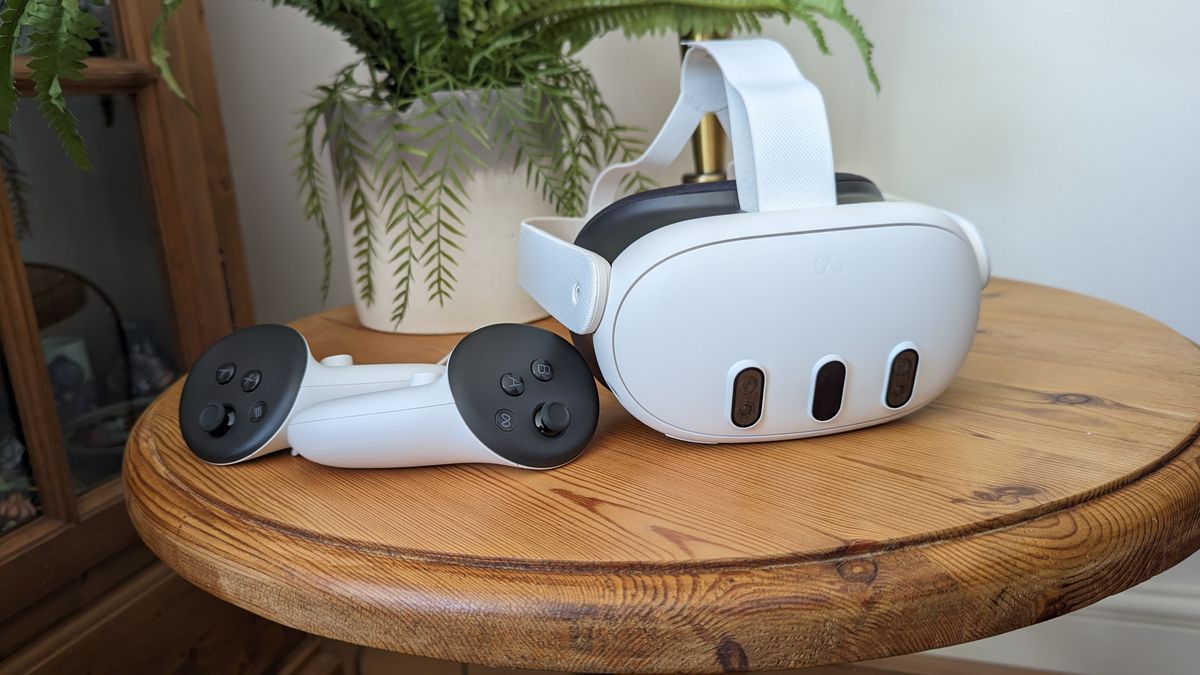Wi-Fi 7 is officially here and offers a faster connection in home and work environments. In addition to a next-generation performance boost, the updated standard will see the introduction of several new features.
The Wi-Fi Alliance made several posts detailing all of the changes, but we’ll cover the top five new features, starting with the 320MHz channels. These new channels, which are double the size of the 160 MHz channels, represent the largest amount of bandwidth available on 5 GHz routers. That increased bandwidth will result in faster speeds. There is a catch, however: 320 MHz channels will only be available in countries that allow access to the 6 GHz band. You can find a list of countries that support 6 GHz on the Wi-Fi Alliance website. They include, but are not limited to, the US, UK, Australia, Japan and Mexico.
Benefits for virtual reality and for you
Next is MLO or multi-link operation, which allows devices on a network to transmit and receive data across multiple bands (i.e. 2.4 GHz, 5 GHz, and 6 GHz) at the same time. This will result in high performance, better reliability and significantly reduced latency. The latter is particularly important as virtual reality (VR) headsets become more common. As the Road to VR news site notes, a headset with Wi-Fi 7 could receive a video stream over the 6 GHz band while transmitting tracking information on the 5 GHz band. Being able to split the workload of This way allows for optimal performance.
While we’re on the topic, the Wi-Fi Alliance claims that Wi-Fi 7 better enables deterministic latency.
Deterministic latency as a concept is quite complex. Basically, it lets devices know when to expect connection interruptions. Having this information could give virtual reality headsets a way to “better handle situations where there is latency” to maintain consistent connections. This doesn’t completely eliminate latency (nothing can), but it should at least improve the overall experience.
Continuing down the list, Wi-Fi 7 introduces 4K QAM (Quadrature Amplitude Modulation) to the picture. To oversimplify, 4K QAM-compatible signals can send 20 percent more data than the current 1024 QAM standard.
And finally, of course, Wi-Fi 7 is backwards compatible with older versions of Wi-Fi. You won’t have to worry if your old laptop will connect or not.
Future hardware
We recommend checking out the rest of the Wi-Fi Alliance posts because they go over some of the other advancements we didn’t include, like 512 Compressed Block Ack.
Some companies have already launched Wi-Fi 7 routers. Last year, Netgear launched the Nighthawk RS700. But soon more companies will join the fight. At CES 2024, Acer revealed its two Predator Connect gaming routers are ready to take full advantage of the fast speeds of Wi-Fi 7. The Predator Connect T7, in particular, supports tri-band Wi-Fi 7 for broader home coverage.
If you’re not ready to make the leap, TechRadar has a list of the best Wi-Fi routers for 2024 that still work with Wi-Fi 6.









